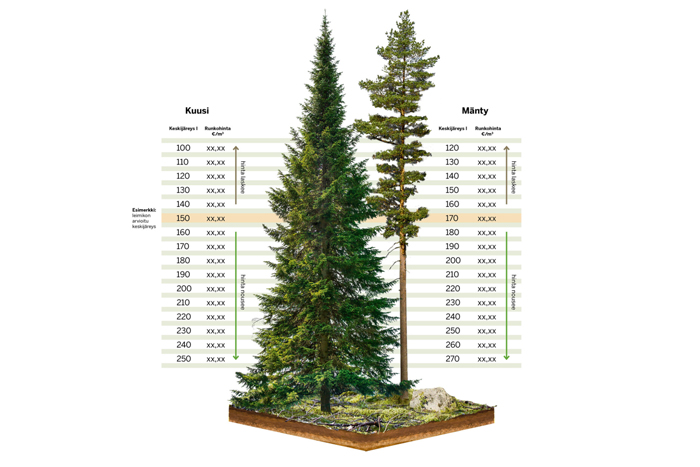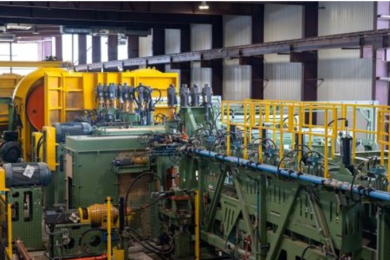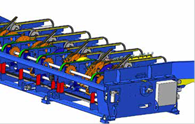In the new method, trees removed by thinning are paid a trunk price based on their severity. The method has been developed to be able to optimize the value added of wood in all end product market situations.
The steepness trunk price means that the trees to be thinned are purchased as complete trunks and the price received by the forest owner is determined by the average severity of the trees to be removed. The way the logs are cut into fibers and supports does not affect the forest owner’s timber trade income.
Because the wood can be cut into suitable pieces according to need and the market situation, the price frame price is also competitive compared to traditional log-fiber pricing.
“Our forest expert uses a modern measurement tool to assess the severity of the stand and the quality of the stand. Based on this information, we determine the frame price for the stand by tree species, ” says Juha Jumppanen , Metsä Group’s Director of Timber Trade and Forest Services.
The forest owner receives from the forest expert an estimate of the average stiffness of the felled spruce trunks and pine trunks and the trunk price per cubic meter to be paid for each tree species.
“In connection with the timber trade, the forest owner also receives a table from which he can see how the cubic price changes if the steepness changes from the estimated one,” Jumppanen says.
After harvesting, the exact result measured by the harvester on the average roughness of the removed trees is obtained. If the average severity is higher than the average severity estimated by the forest expert, the price to be paid for the wood will increase and otherwise the price will decrease.
“The most common way of thinning is to remove low-quality and low-growing trees so that the best trees have room to be turned into decent logs. If heavier trees are removed during felling, it will also increase the price, ”says Jumppanen.
Until now, Metsä Group has purchased renewal stands at a fixed frame price. In them, it is easier to assess the severity of the trees to be removed than with thinnings. In regeneration felling, timber harvesting also has no effect on the average rutting of the exit, as all trunks, with the exception of thrift trees and valuable natural sites, are felled.
“We want to increase the use of frame pricing and free up interruptions so that we can optimize the value added of the frame in all end-product market situations,” says Jumppanen.
“Rigid frame pricing was piloted in the autumn of 2020, and received very good feedback from forest owners. Everyone involved was ready to sell their next thinning stock with a new pricing method. ”
The rigid frame price will be introduced in June in Metsä Group’s supply districts in Lohja, Oulu, Jyväskylä and Joensuu. It will expand to the entire country by the end of the year.
Additional information:
J uha Jumppanen, Director, Timber Trade and Forest Services, Metsä Group, tel. +358 50 384 4808
Krista Kimmo, Communications Manager, Metsä Group, tel. +358 50 526 4911
Metsä Group’s wood procurement and forest services
www.metsaforest.com
Metsä Group’s wood procurement and forest services are responsible for the services provided to Metsä Group’s parent company, Metsäliitto Cooperative, and their development. Metsäliitto Cooperative has about 100,000 forest owners, who own a total of about half of Finland’s private forests. They provide owner members with all the necessary forest management services for sustainable forestry and increasing the value of forest assets.
They source all the wood used by Metsä Group from sustainably managed forests in the Baltic Sea region, most of it from owner members in Finland. They also supply a significant amount of energy wood, bark and sawdust for further processing.
In 2020, turnover was EUR 1.8 billion employing about 840 people.





